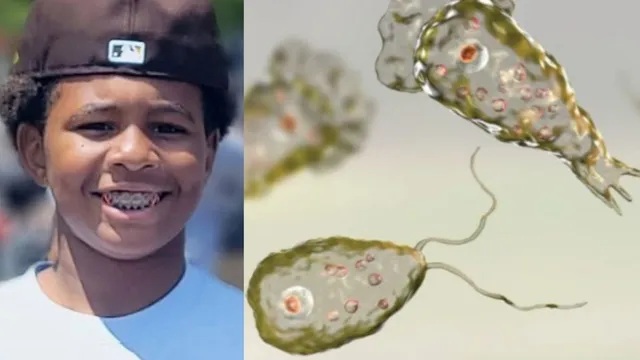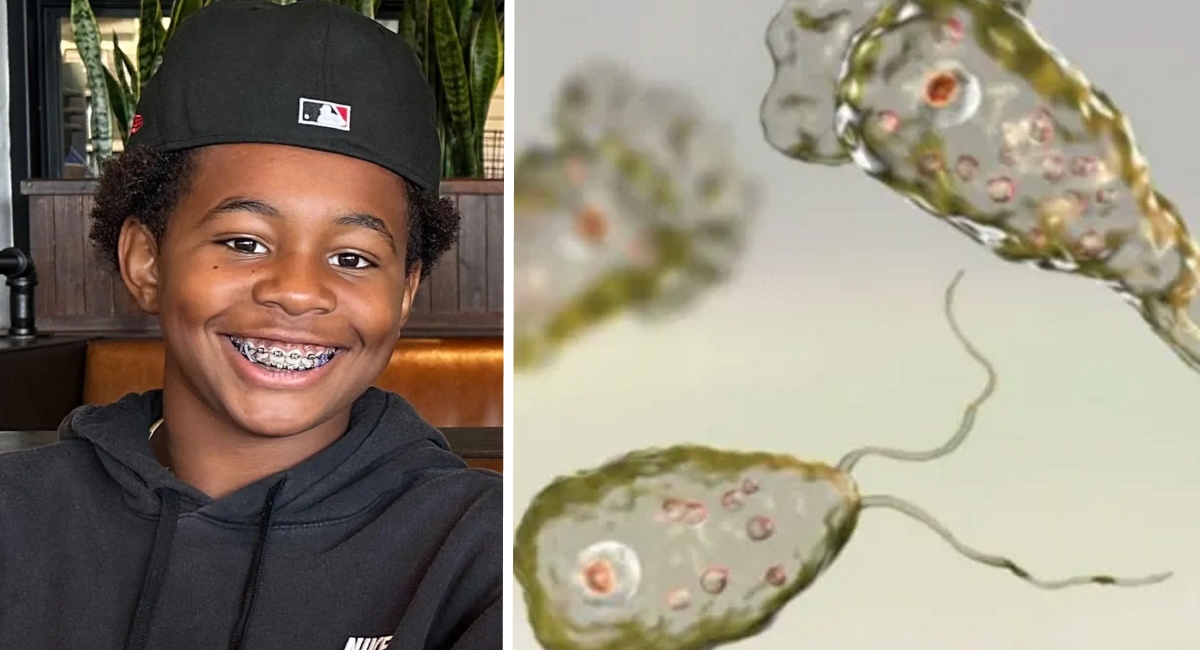The tragic death of 12‑year‑old Jaysen Carr has shaken communities across South Carolina after he contracted the deadly brain‑eating amoeba Naegleria fowleri while swimming in Lake Murray near Columbia, health officials confirmed in mid‑July, triggering grief, concern, and urgent questions about freshwater safety as reported by PEOPLE. Once exposed, the organism invaded his nasal passages and brain, leading to primary amebic meningoencephalitis (PAM), a rare infection that is almost always fatal according to recent medical commentary.
Jaysen, a student at Hand Middle School known for his bright smile and kind spirit, reportedly swam in the lake during the week of July 7, with confirmation of infection arriving days later when the state Department of Public Health identified Naegleria fowleri in his system as PEOPLE detailed. He died on July 18, just over a week after symptoms developed, making this South Carolina’s first documented case since 2016 per Fox News coverage.

“The family has many questions about how and why Jaysen died and wants to do everything in their power to ensure this doesn’t happen to another family.”
Medical experts emphasized that Naegleria fowleri is nearly impossible to contract through swallowing water, but if it enters the nose during immersion in warm freshwater, it can travel along the olfactory nerve and destroy brain tissue in just days, leading to symptoms like headache, fever, nausea, seizures and coma according to CDC‑informed science summaries. With fewer than ten U.S. cases annually and only four documented survivors in the past six decades, the odds of survival remain extraordinarily low reports remind us.
Jaysen’s family attorney, Tyler Bailey, said the community has rallied with donations and prayers, launching a GoFundMe campaign to help cover medical and funeral costs, which had raised tens of thousands within days as PEOPLE described in detail. The Carr family’s grief turned toward advocacy, seeking answers and hoping to use Jaysen’s death to prevent future tragedies at recreational waters.
“State health officials emphasized the rarity of such infections and stressed that while the single-cell organism is naturally occurring in most warm bodies of water, human infection is very rare.”
Health authorities stress there is no public health emergency, but they urged caution during freshwater activities this summer. Officials advise avoiding submerging the head, urging swimmers to keep water out of the nose—and to avoid disturbing sediment in shallow lakes or rivers where Naegleria thrives as public health briefings explained. Wearing nose clips and ensuring proper pool chlorination can further reduce risk.

This heartbreaking incident comes during peak summer heat, a season when warm, stagnant freshwaters become breeding grounds for the amoeba. While only a handful of cases are reported each year in the U.S., pediatricians and infectious disease specialists say the infection’s real danger is how rapidly PAM progresses once symptoms appear as clinical reviews outline. Early onset of headache, nausea, stiff neck, confusion and seizures typically leads to death within five days even with aggressive treatment.
The Carr family’s loss is magnified by the rarity and severity of the microorganism, a pathogen so rare in South Carolina it hasn’t been seen statewide in nearly a decade Fox News reiterated. Community leaders and school officials described Jaysen as a devoted sibling and friend, making his sudden death all the more devastating via PEOPLE’s profile.
Medical experts say the case should serve as a learning moment: most recreational freshwater is generally safe, but public awareness matters. They recommend simple precautions—nose clips, avoiding pushing sediment with feet, and keeping heads above water—to minimize exposure risk as recent health advisories emphasized. Local officials are now evaluating safety signage and outreach around Lake Murray.
Jaysen’s story has touched families nationwide, many sharing their own near‑miss experiences and reaffirming support for the Carr family. Social media threads underscored the fragility of water safety: “He was so full of life,” one commenter wrote, “we must stay informed.” Others pointed to climate change as a factor in rising amoeba risks as water temperatures climb earlier and higher.
Ultimately, the loss of such a young life brings to light both the unseen dangers in familiar places and the power of small actions—keeping the nose dry, stirring sediment gently and staying vigilant. While victims remain exceedingly rare, the risks are real enough to demand respect. And though few survive PAM, earlier recognition and prevention can make all the difference.





